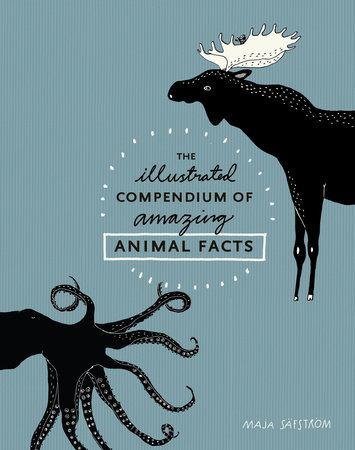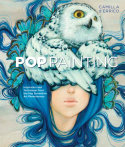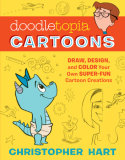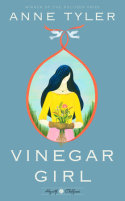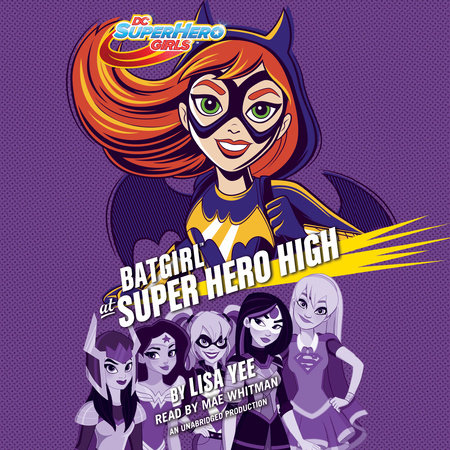
My now six-year-old has been asking for a Batgirl birthday party for the last six months, so we've definitely had Batgirl on the brain over here. Her sisters are likewise obsessed with superheroes (my two-year-old is currently walking around in a Wonder Woman dress she put on all by herself), so I knew they'd all be interested in an audio book about Batgirl. And as a mom of three daughters, I'm always on the lookout for suitable "girl power" books that teach good values, portray women and girls as strong and capable, and avoid male-bashing.
Lisa Yee's Batgirl at Super Hero High is about Barbara Gordon, a.k.a Batgirl, trying to fit in at her new school, Super Hero High, find a good balance in her relationship with her overprotective father, and figure out if someone who wasn't born super can truly become a superhero.
The audio book is read by Mae Whitman, and she does a good job. One could wish for a little bit more animation at some points, but on the whole she has a clear, strong voice that is easy to listen to - and believe me, as someone who has quit listening to an audio book because the reader gave characters really annoying voices, this is important.
The story made a good audio book. There are stories that you find yourself flipping back in the book with a "Say what!?!" as you look for that paragraph that contained some key plot point that the author tucked in surreptitiously, but Batgirl follows a direct narrative that is easy to follow.
The story itself: First of all, you need to be aware that Batgirl at Super Hero High is the third book in the Super Hero High series (a fact that I somehow missed). It is clear from the first chapter that previous events are being built on. Although the author didn't really revisit prior material much, I was still able to follow the story just fine. I enjoyed the positive messages conveyed by the book as it dealt with themes of friendship, parent-child relationships, accepting help, and standing alone. Specific messages I appreciated included:
Children can make their parents better people. Children need to understand that they are a positive and treasured part of their parents lives, and that their parents are trying to be their best selves for their children.
Being a hero is more about strong values than awesome powers. Even the villains have awesome powers, but they aren't using them to serve and protect. The supers embrace a strong moral code, and embody principles like courage, conviction, honor, perseverance, compassion, and loyalty.
Interdependence is not dependence. I love the strong message that teamwork is not a weakness on the journey to becoming strong and independent. It's okay to ask for help, and it's okay to offer help, and it's okay to ask for the opportunity to try on your own.
What did I not like? There was one moment in the book that jarred me strongly. Roughly paraphrased, the principal tells Batgirl that Super Hero High is different from regular high school because the supers are going to be leaders, saving lives, and changing the world. I think Susan B. Anthony, Marie Curie, Rosa Parks, and Mother Theresa can all agree that you don't need some special super hero academy to change the world, and in ten years when I have girls in high school, I want them to know they can be strong leaders and change lives for the better in their sphere of influence.
Because I jumped into the series, my next criticism may be unfounded, but there was a lot of name dropping from the DC universe, which can be hard to follow if you're a super hero novice. I found myself thinking, "Yeah...I have no idea who that is," frequently. Also, the mixing of villains and heroes is a little odd - I'm getting a kind of Maleficent vibe from the whole thing, which honestly feels a little unoriginal.
I found the book a light, fun read, and I thought Lisa Yee's portrayal of the villain was really well done, and that the character had a lot of depth. I find myself mildly interested in reading the other stories in the series, especially after the obligatory cliff-hanger at the end of Batgirl.
This book is target to 3rd-7th graders, and I think that's an accurate assessment. My four-year-old didn't like the part "When the bad guy... *insert spoiler here*...which messed everything up for everybody." Which is probably the reaction Ms. Yee was going for, so that was on target, but the girls mostly popped in and out of the room, and didn't listen to a whole lot of the book when it was on. I anticipate they'll like it more when they get a little older, and I may play it again a chapter at a time as we play Legos or something, but for now it wasn't a huge hit with them.
So my recommendation is this: for sure read or listen to the first two books first, but this will be a fun story for any mid-late elementary girl (and maybe boy, although clearly targeting a female demographic) who is interested in super heroes, and it's a good "girl power" novel that won't be incredibly boring for any adult who is reading/listening along with their child.
I received this audiobook from Blogging for Books in exchange for my review. This is my honest opinion about the book.
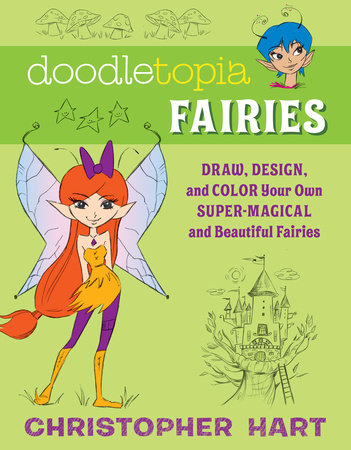

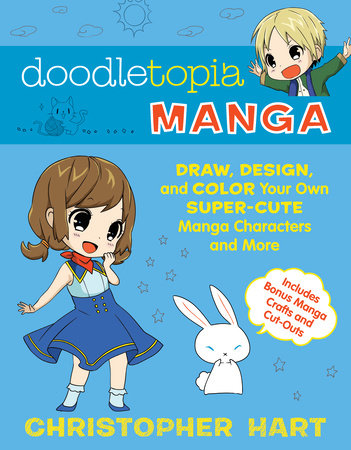



 Maja Säfström, The Illustrated Compendium of Amazing Animal Facts, p.31 (image retrieved from mamamuseme.wordpress.com, 22 April 2016)
Maja Säfström, The Illustrated Compendium of Amazing Animal Facts, p.31 (image retrieved from mamamuseme.wordpress.com, 22 April 2016)